Introduction to Chinese Pottery
Chinese pottery, a cornerstone of the nation’s cultural heritage, boasts a history spanning over 20,000 years. From humble Neolithic vessels to exquisite imperial porcelains, it reflects China’s technological prowess and artistic sensibilities.
The development of Chinese pottery mirrors the evolution of Chinese civilization itself. Early earthenware gave way to more sophisticated stoneware, culminating in the discovery of porcelain during the Han Dynasty (206 BCE – 220 CE).
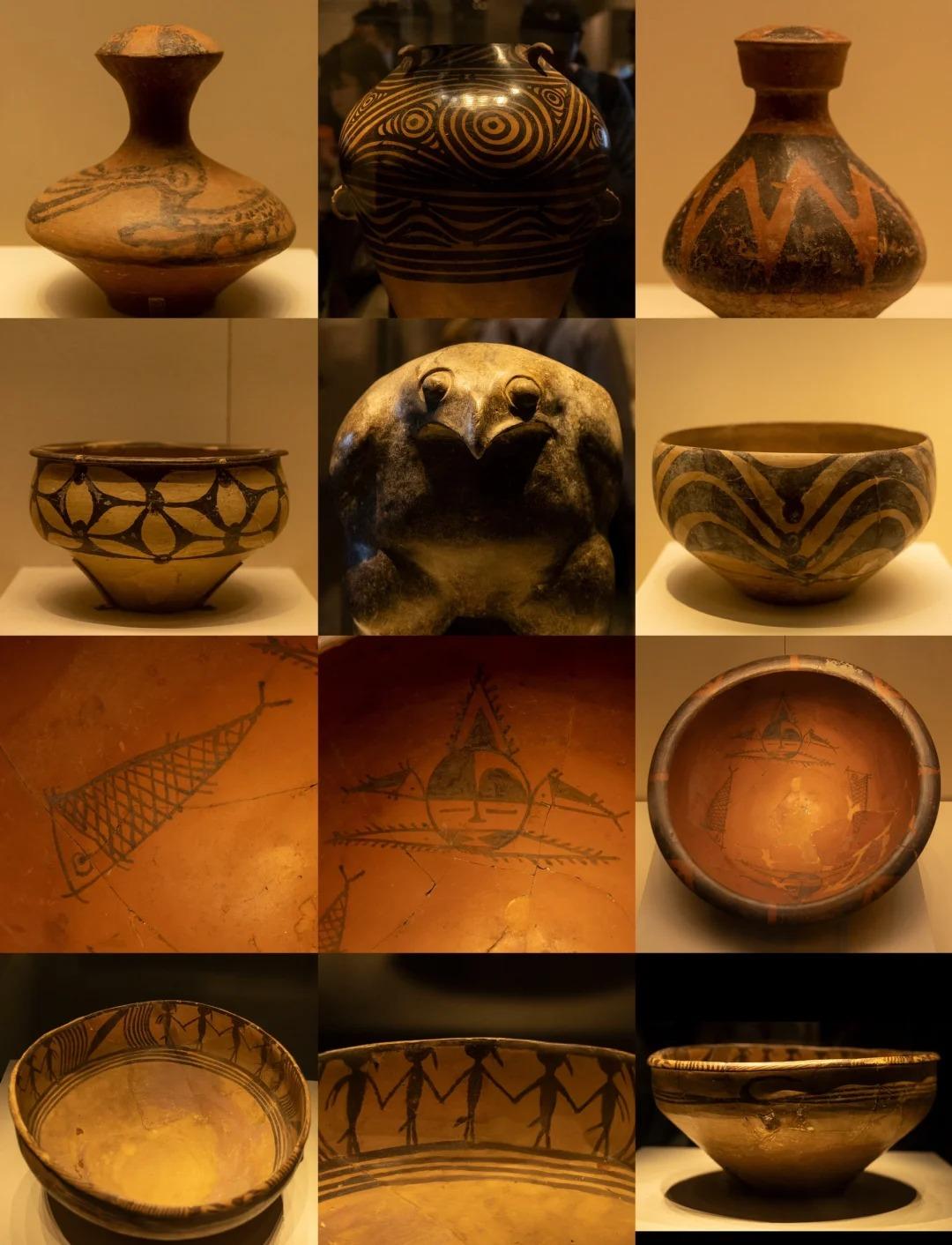
Major Types of Chinese Pottery
Chinese pottery can be categorized into three main types:
| Type | Characteristics | Firing Temperature |
|---|---|---|
| Earthenware | Porous, opaque | 800-1200°C |
| Stoneware | Dense, impermeable | 1200-1300°C |
| Porcelain | Translucent, resonant | 1300-1400°C |
Each type represents a leap in ceramic technology, with porcelain being the most refined and prized.
Famous Chinese Pottery Styles and Periods
Neolithic Pottery
The Yangshao culture (5000-3000 BCE) produced remarkable painted pottery, featuring geometric and zoomorphic designs.
Tang Dynasty Tricolor (Sancai) Pottery
Sancai ware, with its vibrant glazes of green, yellow, and brown, epitomizes the cosmopolitan Tang Dynasty (618-907 CE).
Song Dynasty Celadon
Song celadon (960-1279 CE), with its subtle jade-like glaze, embodies the period’s aesthetic of quiet elegance.
Ming and Qing Blue and White Porcelain
Blue and white porcelain, perfected during the Ming Dynasty (1368-1644 CE), became a global trade commodity and a symbol of Chinese artistic mastery.
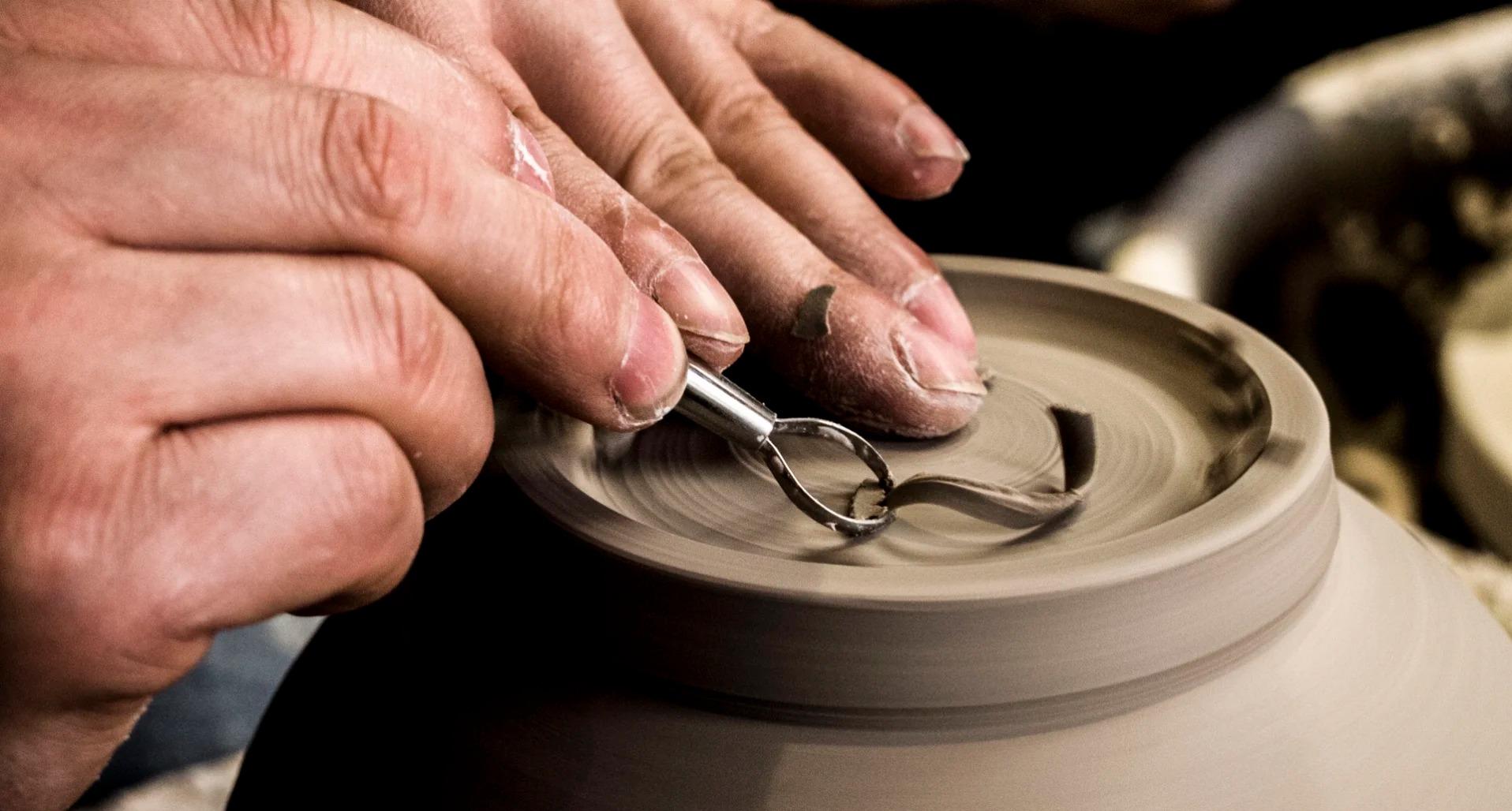
Techniques and Production
Traditional pottery-making in China involves several key steps:
- Clay preparation and forming
- Initial drying and shaping
- Glazing or decoration
- Firing in kilns
Glazing techniques range from dipping to spraying, while decorative styles include hand-painting, carving, and appliqué work.
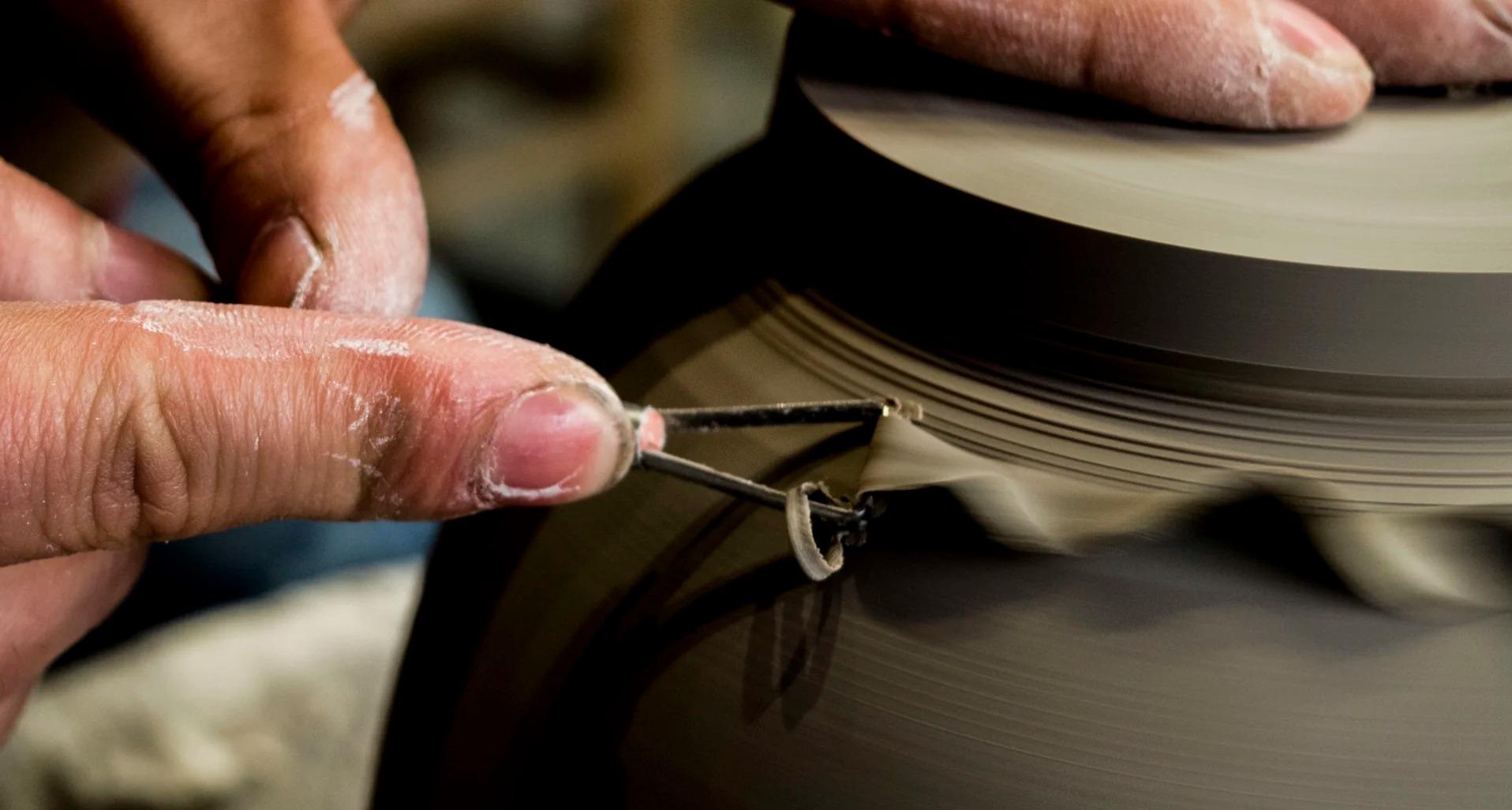
Iconic Chinese Pottery Centers
Jingdezhen: The Porcelain Capital
For centuries, Jingdezhen has been synonymous with fine porcelain, supplying imperial courts and global markets alike.
Yixing: Famous for Teapots
Yixing in Jiangsu province is renowned for its unglazed zisha clay teapots, prized by tea connoisseurs worldwide.
Longquan: Renowned for Celadon
Longquan in Zhejiang province is the historic center of celadon production, known for its distinctive bluish-green glaze.
Other notable areas include Dehua in Fujian (blanc de Chine) and Cizhou in Hebei (bold black and white wares).
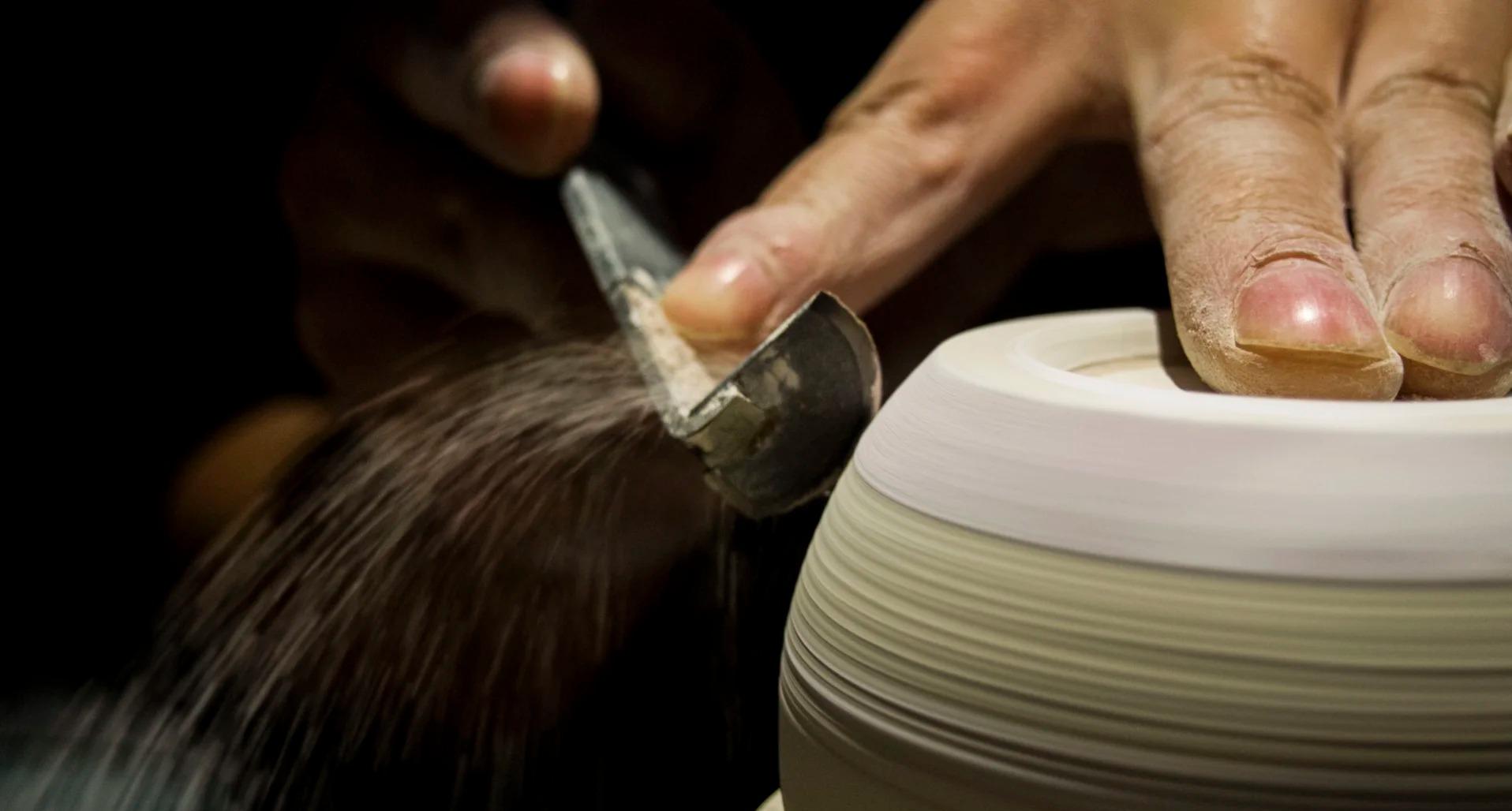
Chinese Pottery in Modern Times
Contemporary Chinese pottery blends tradition with innovation. Artists like Bai Ming and Wan Liya create works that honor classical forms while exploring modern themes and techniques.
Efforts to preserve ancient pottery skills are ongoing, with government-sponsored programs and apprenticeship schemes ensuring the transmission of knowledge to new generations.
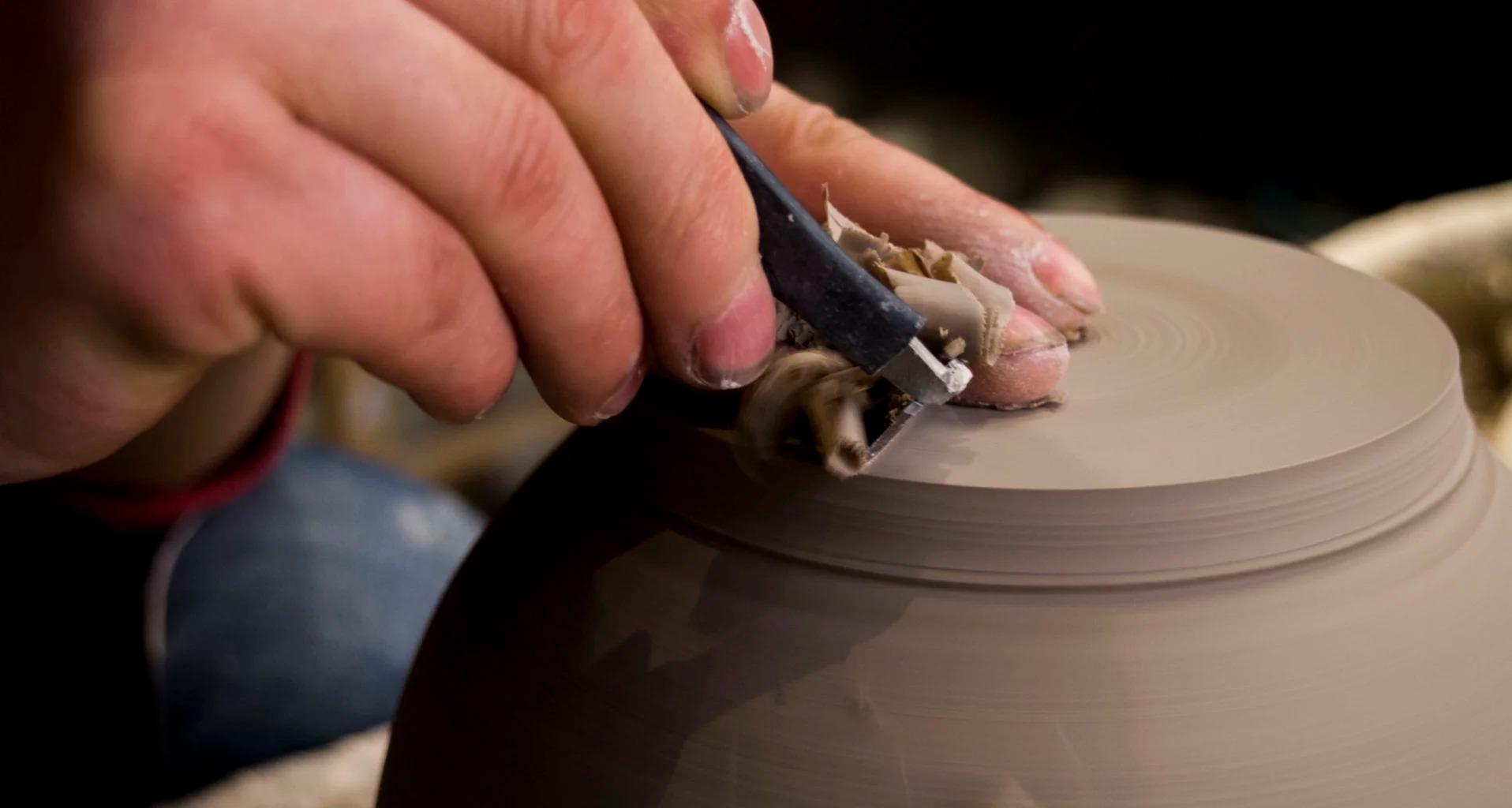
Traveler’s Guide to Chinese Pottery
Where to See Pottery Exhibitions
- Shanghai Museum: Houses an extensive collection of Chinese ceramics
- Palace Museum, Beijing: Displays imperial porcelains from various dynasties
- Jingdezhen China Ceramics Museum: Offers a comprehensive look at porcelain production
Famous Markets and Shops
- Panjiayuan Antique Market, Beijing: A treasure trove of ceramics and antiques
- Jingdezhen Pottery Market: The go-to place for both traditional and contemporary ceramics
Pottery Workshops and Classes
- The Pottery Workshop, Shanghai: Offers hands-on classes for beginners and advanced potters
- Sanbao Ceramic Art Institute, Jingdezhen: Provides in-depth courses and artist residencies
Tips for Identifying Authentic Pieces
- Look for imperfections that indicate handcrafting
- Check for the artist’s seal or signature
- Be wary of “ancient” pieces at suspiciously low prices
Packing and Transporting Pottery Souvenirs
- Use bubble wrap and sturdy boxes
- Consider professional shipping for valuable pieces
- Declare fragile items at customs
As you explore the world of Chinese pottery, remember that each piece tells a story—of artistic vision, cultural values, and the timeless dialogue between human hands and earth. Whether you’re admiring a delicate Song celadon bowl or a bold contemporary sculpture, you’re touching a piece of China’s living heritage.





